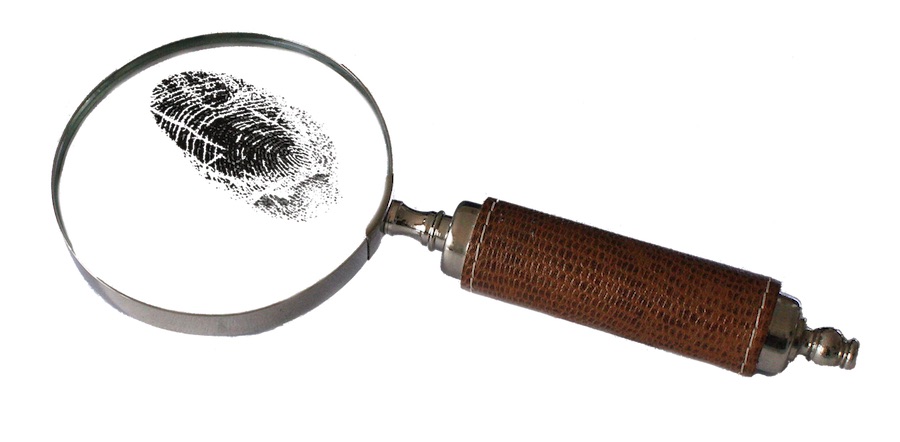A scientific study on the possibility and technical reliability for using and recognizing fingerprints of infants and young adults on the age range of 0 and 25, as well as over 65 of age, has concluded that the age range of 12 to 69 is the one revealing the most reliability and accuracy.
The study carried out by the European Commission’s Joint Research Centre, under the cooperation protocols with the Immigration and Borders Service (SEF), has been recently completed with the designation “Automatic Fingerprint Recognition: from children to elderly”, for which the cooperation of SEF has been essential.
This scientific study for purposes of verification and identification of the person, under the objectives of the union’s border control and of the identity management systems, has concluded that, from the point of view of quality, the digital fingerprints of children, from 5 to 12 years of age, have revealed to be best that the older children/young adults/adults.
However, concerning the matching characteristics, the digital fingerprints of older children/young adults/adults (from 12 to 69 years of age) revealed to be the more reliable. Therefore, the study has concluded that the age range of 12 to 69 is the one revealing the biggest reliability and accuracy in the fingerprint recognition.
For this study, SEF has provided a set of data on digital fingerprints of children and young adults from 0-25 years of age, depersonalized, without indication of personal information, containing only the age of the person in months, registered in the Information System of the Portuguese Electronic Passport.
Portugal has been the country chosen by the Joint Research Centre for this protocol, as it is the only Member State of the European Union (EU) holding a civilian long-standing database of digital fingerprints of minors.
This partnership reflects the SEF’s active role in the contribution for new practices at the EU level, the first time a scientific study was based on such a significant and representative set of data.
The study is available in the JRC portal at:
http://publications.jrc.ec.europa.eu/repository/handle/JRC110173





